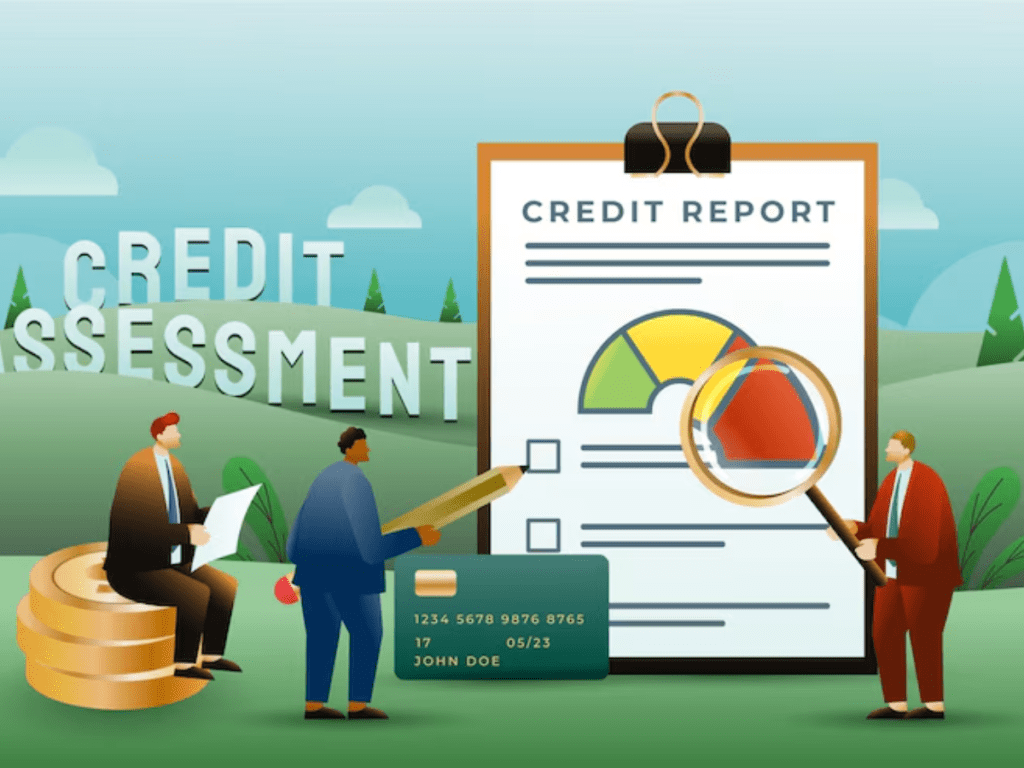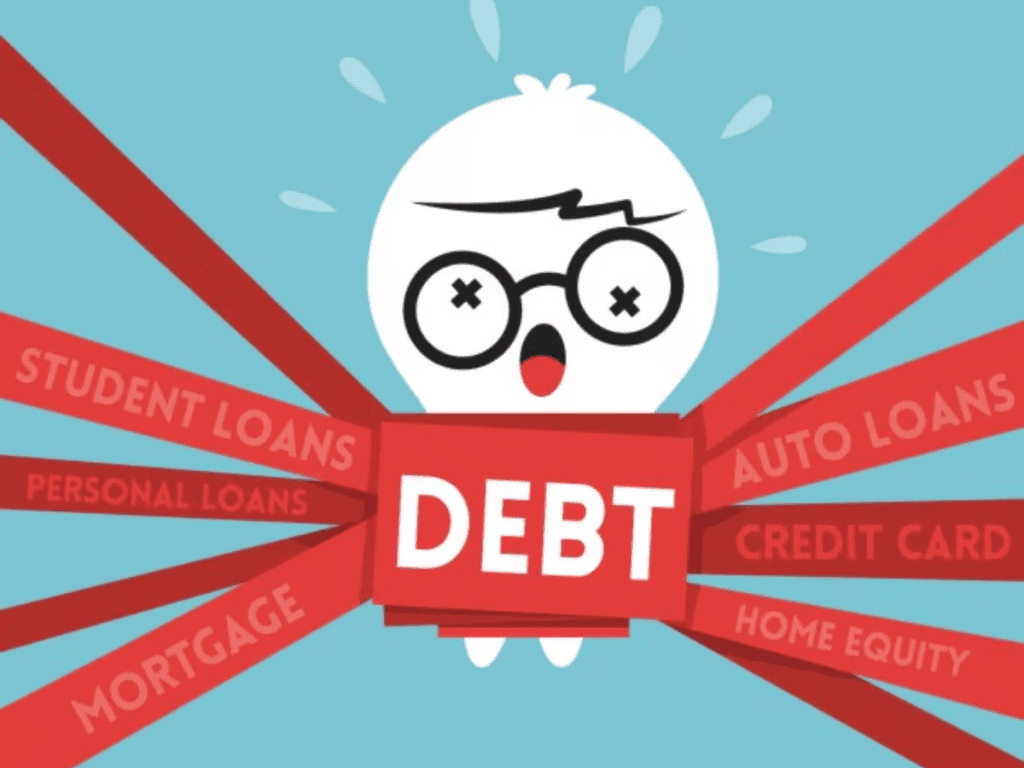Introduction
In the realm of personal finance, few things create as much anxiety as having multiple debts. Whether credit card bills, student loans, car loans, or medical expenses, having a number of outstanding payments to juggle can be a nightmare. This is particularly the case when every debt carries a different rate of interest, repayment plan, and conditions. Most individuals will find themselves opting for loan recycling or debt consolidation as a solution to this issue. It simply amounts to borrowing more money for the purpose of settling other outstanding loans. Sounds like a good and straightforward idea: one loan, one payment, and hopefully a lower interest rate. But is it actually a smart plan for debt management? Or is it merely moving your money troubles around without really fixing them? This article will delve into the idea of loan recycling, examine the advantages and disadvantages of debt consolidation, and give you the facts you need to make a decision as to whether or not it’s the best course of action for you.
What is Loan Recycling: What’s Involved?
Loan recycling is the process of getting a new loan to settle old debts.
This may be a combination of several small loans into one big loan, which might be secured or unsecured, depending on what kind of loan you borrow. The primary intention is to simplify debt management by lowering the number of creditors and due dates an individual has to deal with. Rather than managing multiple payments a month, an individual takes their debt and puts it all into one loan that has one rate of interest, one payment schedule, and one date of payment. Loan recycling tends to mean searching for a new loan with better terms than the current ones, such as a reduced interest rate or a longer payback period. The procedure can be carried out in many different manners, such as by way of personal loans, home equity loans, or balance transfer credit cards.
For instance, an individual may borrow a personal loan at a lower rate of interest than his or her credit card and utilize the loan to settle the credit card debt. Essentially, this saves the person money on interest, and it can streamline the repayment process by cutting down on the number of payments every month. Nevertheless, while loan recycling can make finances easier in some situations, it is not necessarily the ideal arrangement for every person.
The Pros of Loan Recycling
There are numerous potential benefits to taking out a loan to pay off existing loans.
Below are some of the major advantages of loan recycling:
1. Easier Debt Management
One of the most apparent advantages of loan recycling is the ease of management of your finances.
For individuals who are managing multiple loans with varying payment schedules, rates of interest, and due dates, consolidating their loans into a single loan can make things much simpler to handle.
Rather than having to keep up with multiple payments and fear missing one, you are only required to make a single payment per month.
This can be less stressful and enhance your capacity to take care of your finances. Also, if you’ve been having a problem keeping up with various due dates, debt consolidation will eliminate that problem altogether.
2. Reduced Interest Rates
If you have more than one debt with high interest rates, like credit card debt or payday loans, consolidating those debts into a new loan with a lower interest rate might save you thousands of dollars in the long run. For instance, interest rates on credit cards are usually higher than 20 percent or more, while interest rates for personal loans or balance transfer cards are as low as 5 to 10 percent for individuals with good credit.
By rolling your debt into a loan with a better interest rate, you might pay dramatically less in interest, so your regular payment will be applied more toward the principal balance instead of being consumed by interest.
3. Better Cash Flow
A lot of the reason individuals resort to loan recycling is to enhance their monthly cash flow. When you consolidate debt, you may have the option to extend the repayment term of the new loan, which can reduce your monthly payment.
While this means you’ll end up paying more in interest over the long term, it can provide immediate relief if you’re struggling to meet your financial obligations.
A lower monthly payment can free up cash that can be used to pay for other necessary expenses or to put money into savings. For those who are living paycheck to paycheck, this can really help them be able to remain afloat financially. #### 4. Possible to Pay Off Debt Faster In certain situations, loan recycling can assist someone in paying off their debt faster. For example, if you take several high-interest loans and roll them over into one loan with a lower interest rate, you can pay the debt off faster because more of your monthly payment will be applied towards paying down the principal.
Besides, if the new loan carries a fixed interest rate and fixed payments each month, you can rest assured that the amount you will be paying each month will remain unchanged over the long term, and this could save you time by ensuring that you pay back the debt early.
Under proper planning, recycling of loans can prove to be a means to pay back overall debt at an improved pace.
The Cons of Loan Recycling Although the benefits are potential, there are some important risks and disadvantages involved with loan recycling. Following are some of the most important disadvantages to note:
1. Risk of Accumulating More Debt
A major risk of loan recycling is that it will lead you to accumulate more debt.
Once you consolidate your loans, you might feel as though you have greater fiscal breathing room because of the reduced monthly payments.
This can encourage you to amass even greater levels of debt, either through increasing your expenditure on your credit cards or obtaining more loans.
Unless you shift the underlying behavior that generated the debt to start with, recycling your debt could only temporarily work. Worse still, you might end up being worse off financially than before, owing still more money to repay.
2. Potential Increased Cost Over Time
Although paying off debt with one loan at a lower interest rate might save you money at times, it does not necessarily mean that you will pay less in total. In reality, by lengthening the term of the new loan, you could actually pay more in interest over the term of the loan.
For instance, when you borrow at a lower interest rate but stretch out the time from five years to ten years, you may save on monthly payment but pay more in total interest.
Something to think very seriously about when considering whether loan recycling is for you.
3. Fees and Penalties
There are certain loans that involve costs that would offset the advantages of debt consolidation. For instance, you could be charged a fee for prepaying your initial loans, or you could be penalized for consolidating your debt. Some loan providers also levy an origination charge on the new loan, which would add to the overall expense of borrowing.
Be sure to read carefully the terms of any new loan you are thinking of taking and consider any possible fees that might be charged.
4. Effect on Your Credit Score
When you borrow a new loan to consolidate your debt, it can have both a positive and negative impact on your credit score. On the bright side, if you use the new loan to pay off your outstanding loans and lower your total debt balance, your credit utilization ratio can improve, potentially increasing your score. There’s also a potential downside. For instance, if you borrow a loan with a greater credit limit and subsequently do not pay on time or accumulate more debt, it may damage your credit score.
Also, taking out a new loan may temporarily decrease your score because of the hard inquiry by the lender.
5. Risk of Losing Assets (in the Case of Secured Loans)
If you decide to borrow a secured loan for debt consolidation, for example, a home equity loan or an auto title loan, you risk your assets. If you are unable to pay back the new loan, the lender can take the collateral. This might involve losing your home, vehicle, or other assets of value. If you think you are contemplating a secured loan to combine debt, ensure you are aware of the risks at stake and use this method only if you know you can service the loan by the due time.
When Loan Recycling Would Be a Good Idea
While loan recycling isn’t the appropriate choice for everybody, there are a few occasions where it would be a suitable idea. Consider these examples of when loan consolidation would be effective: – High-Interest Debt: If you have several high-interest loans, like credit card debt, payday loans, or personal loans, rolling those debts into a loan with a lower interest rate might save you a great deal of money in interest. – Multiple Small Loans: If you have several small loans or lines of credit, consolidating them into one loan can simplify your finances and make it easier to stay on top of your payments. – Improved Credit Score: If your credit score has improved since you initially took out your loans, you may be eligible for a better interest rate, making consolidation a smart financial move.

